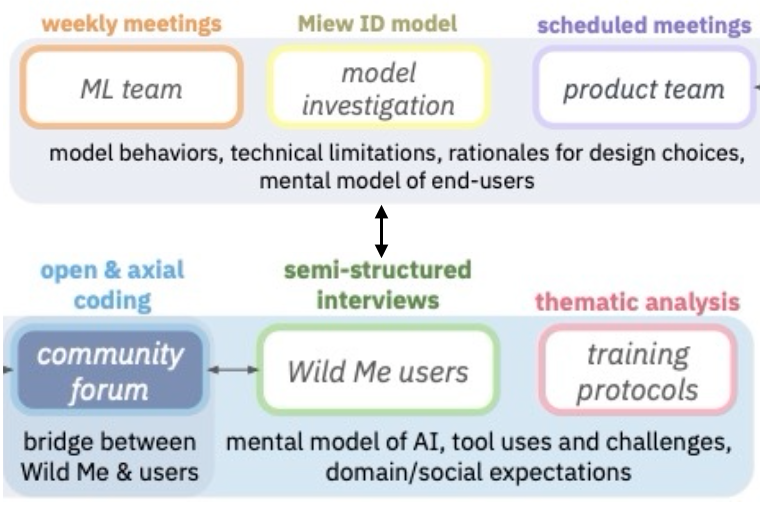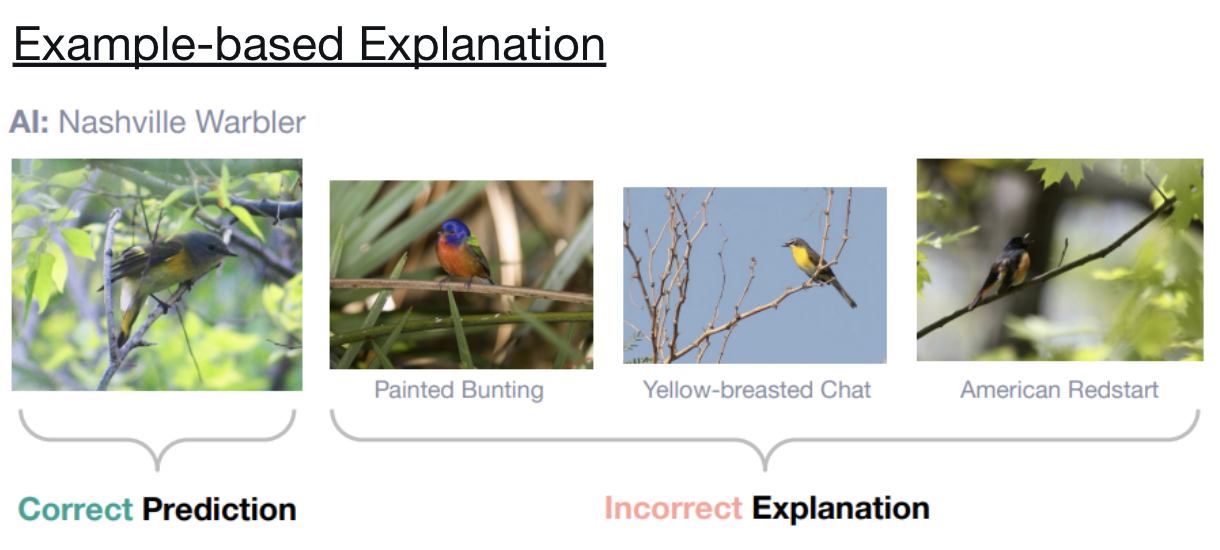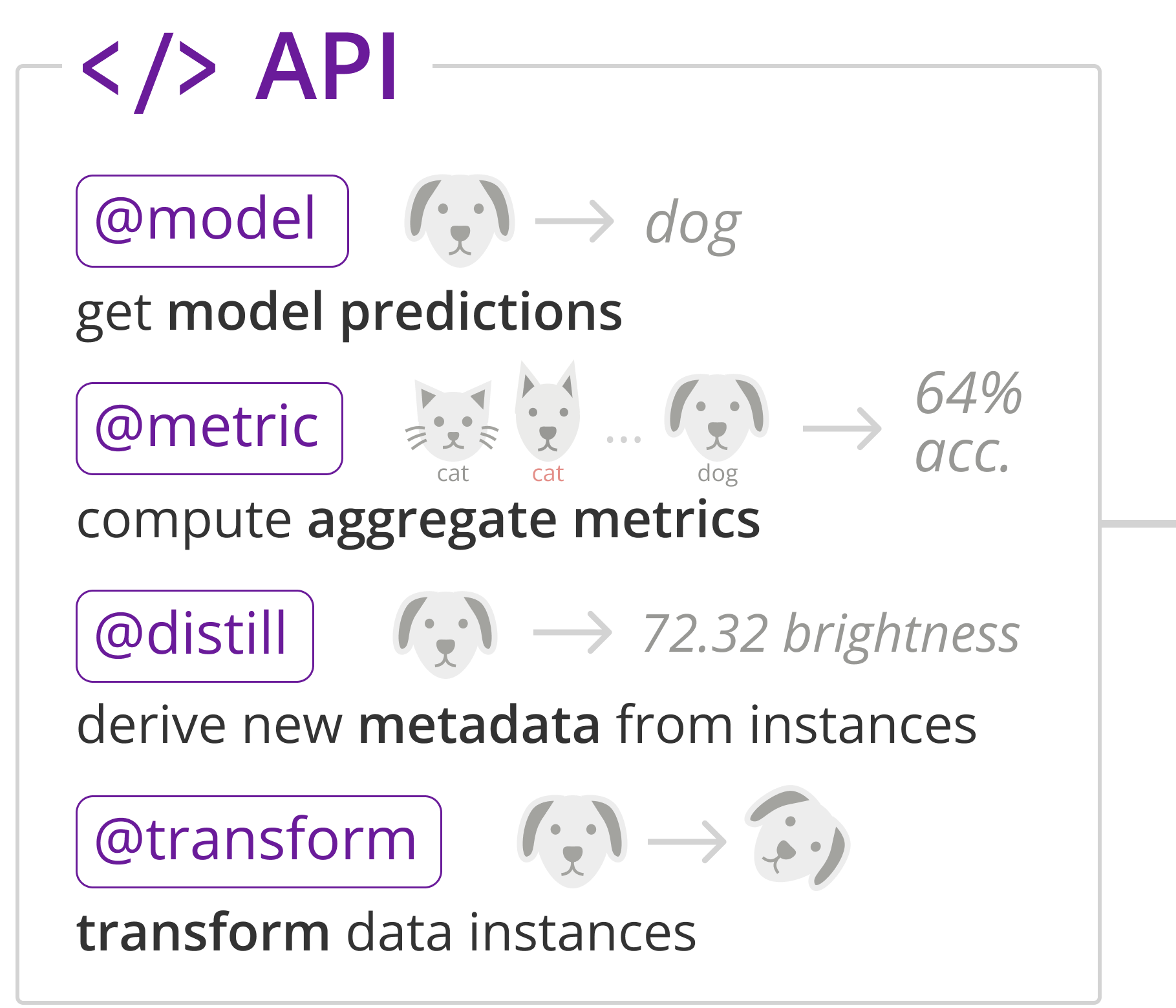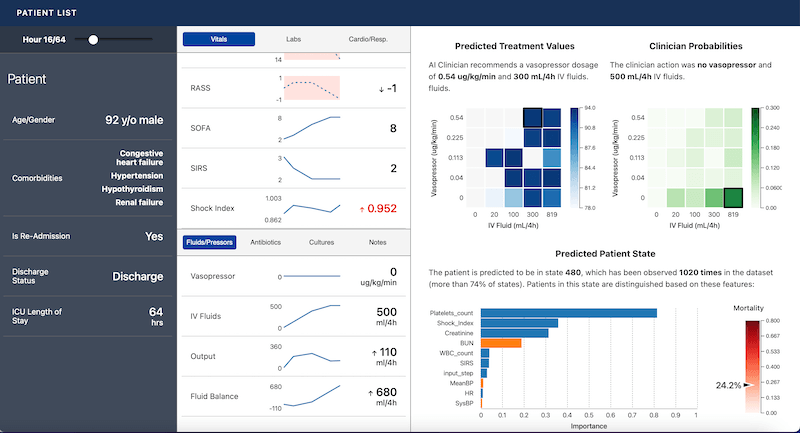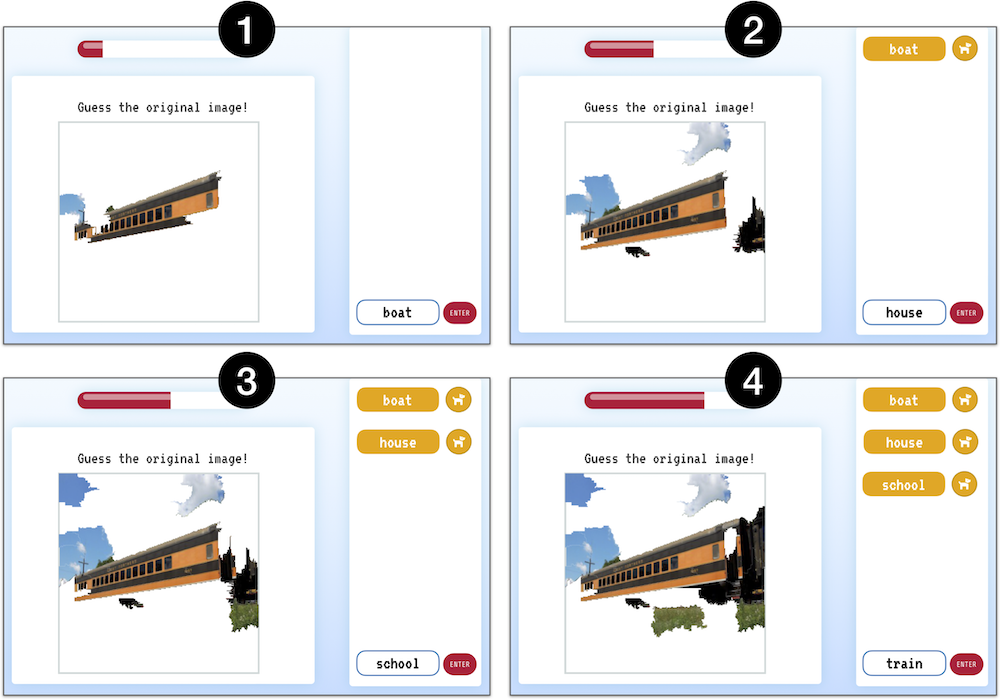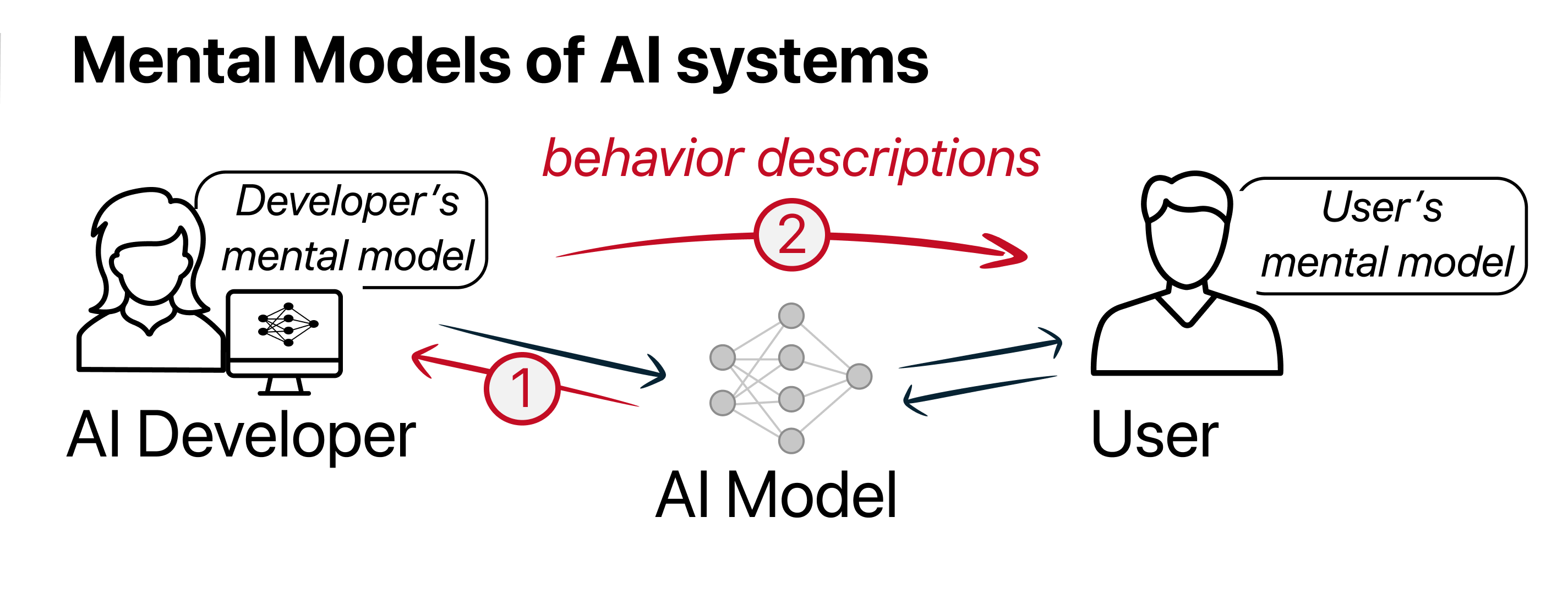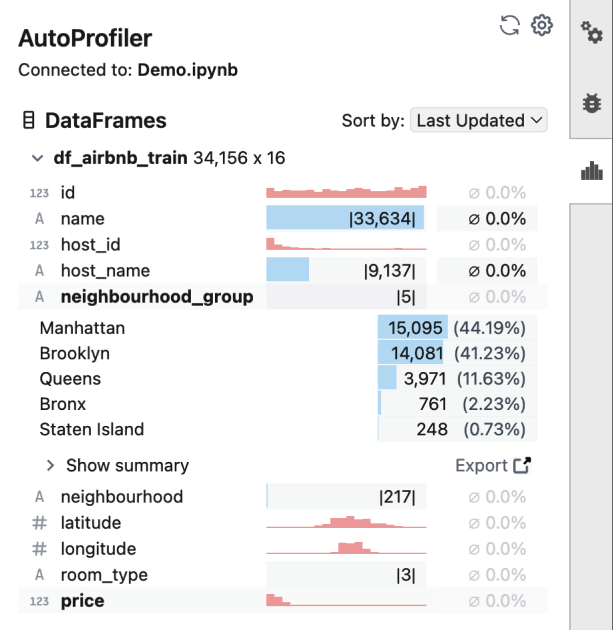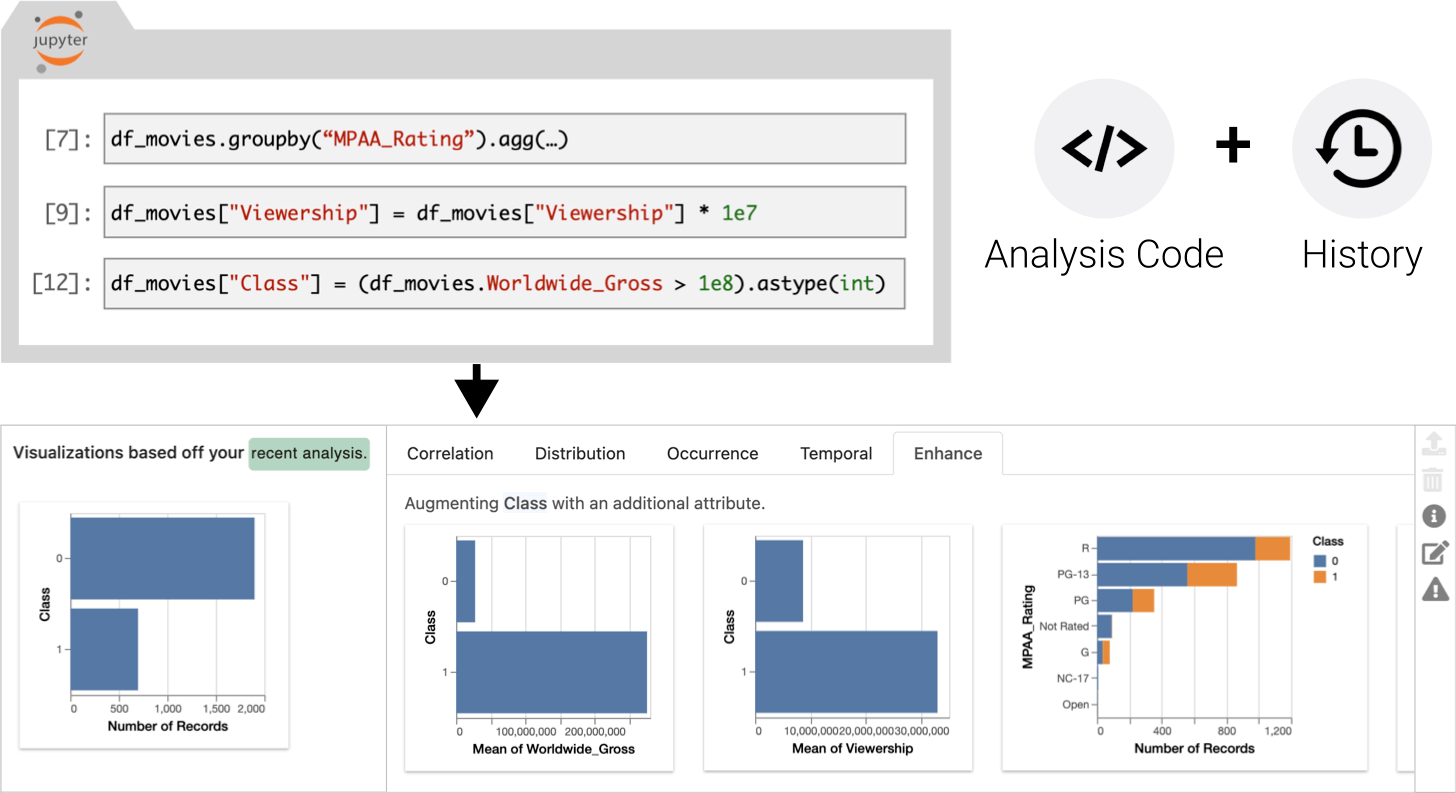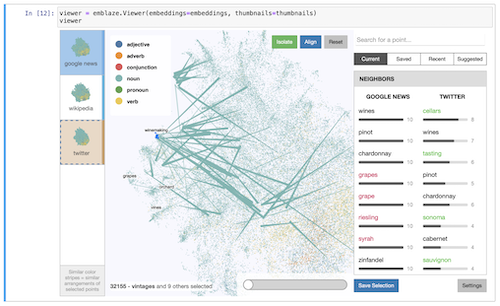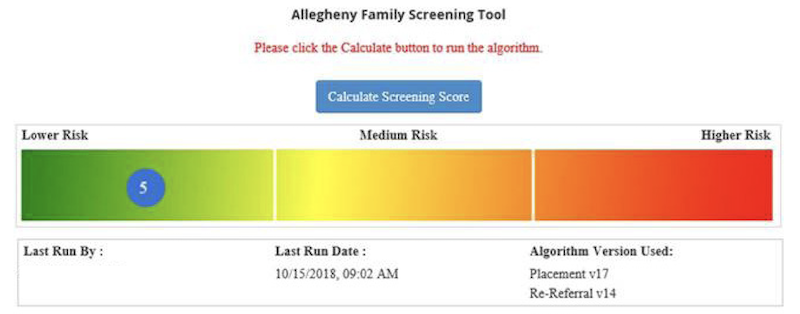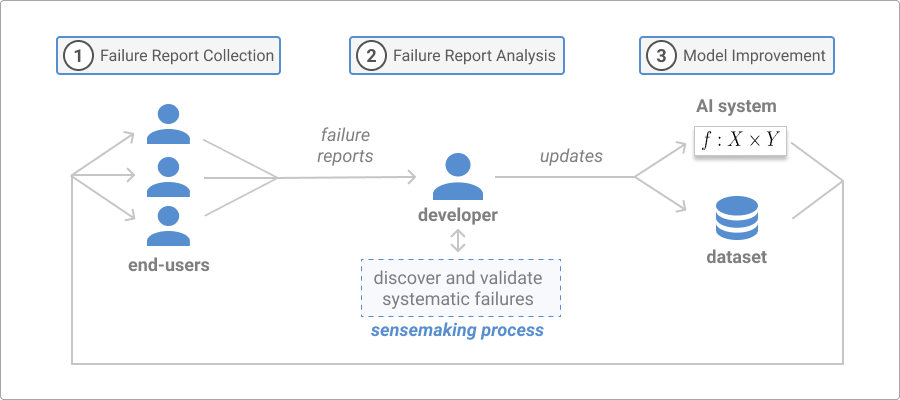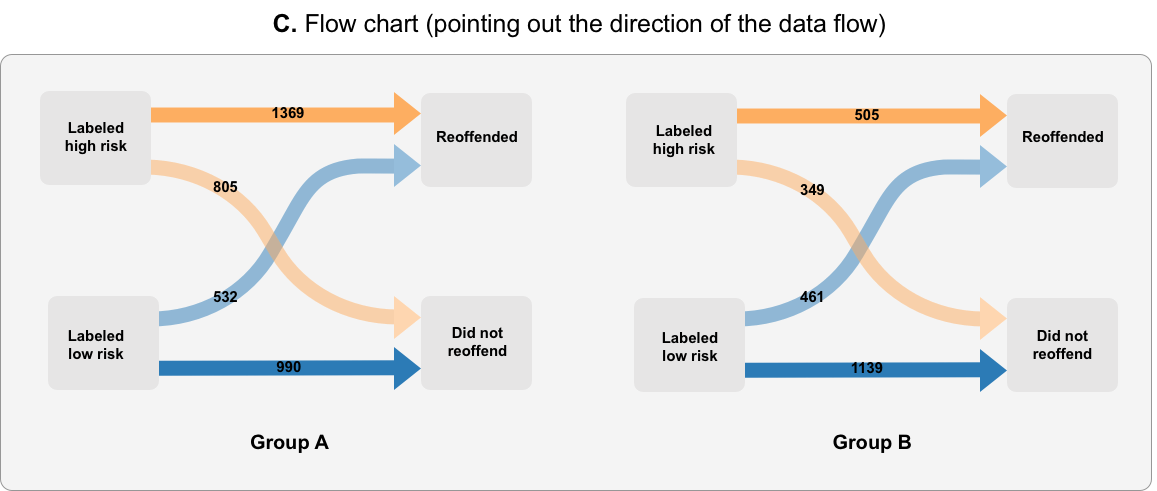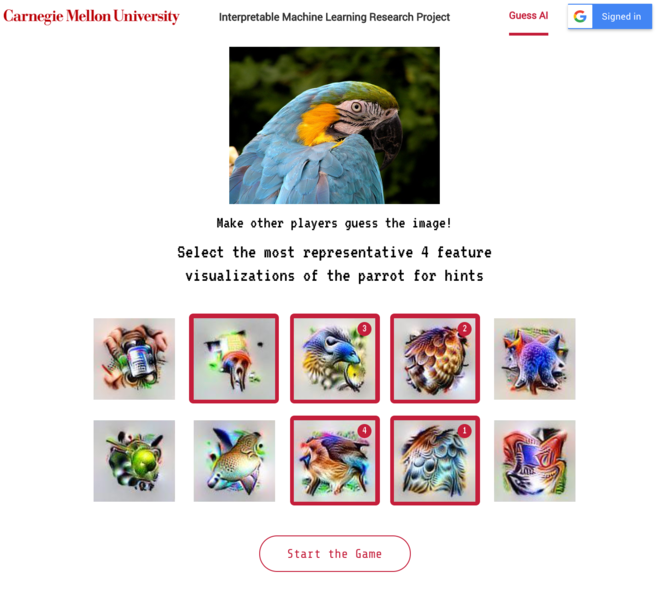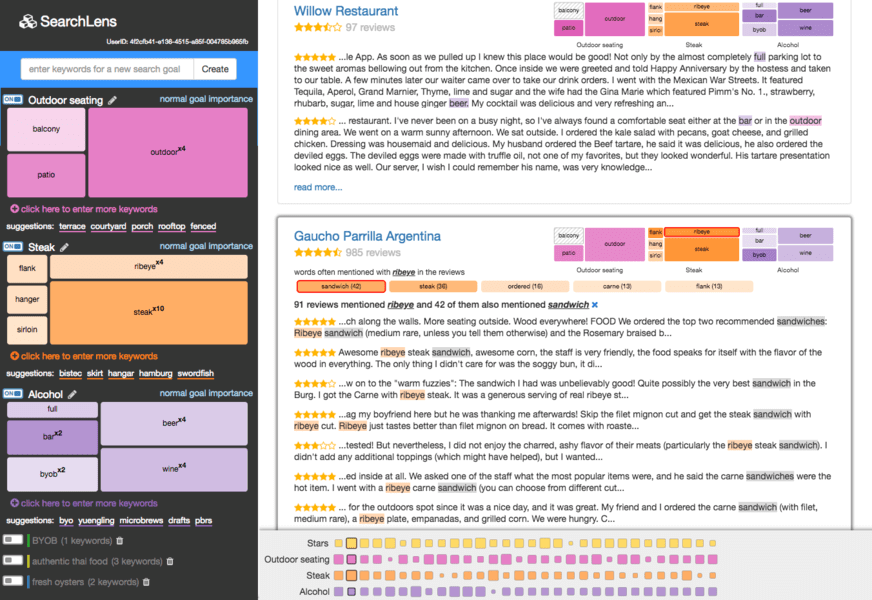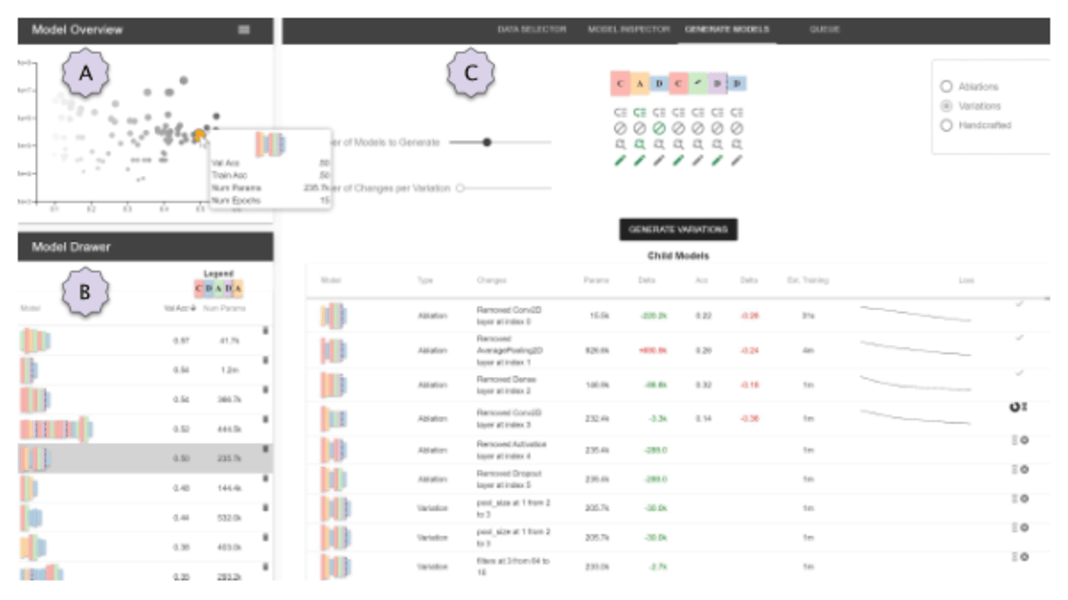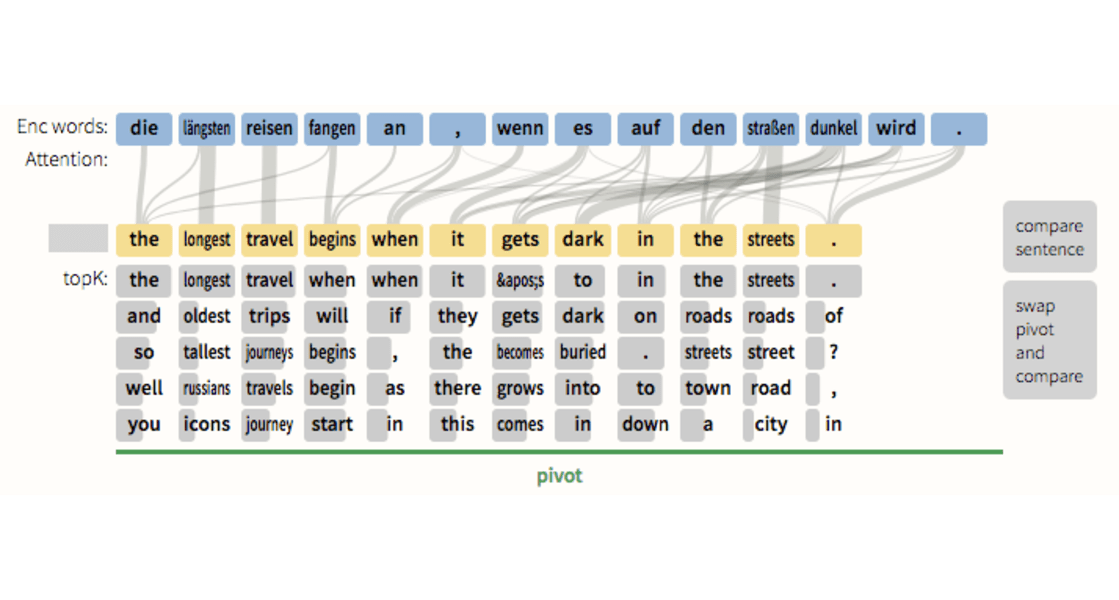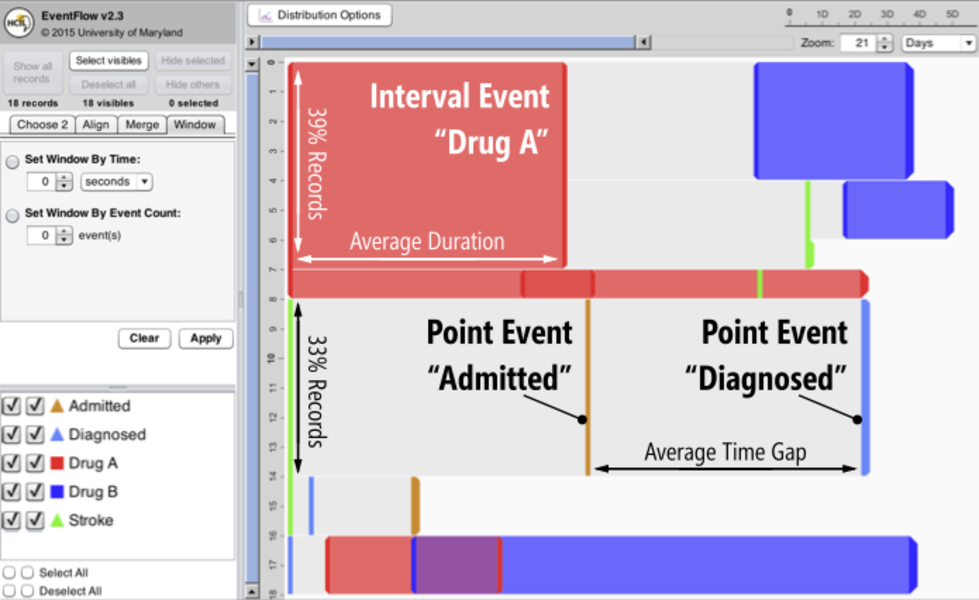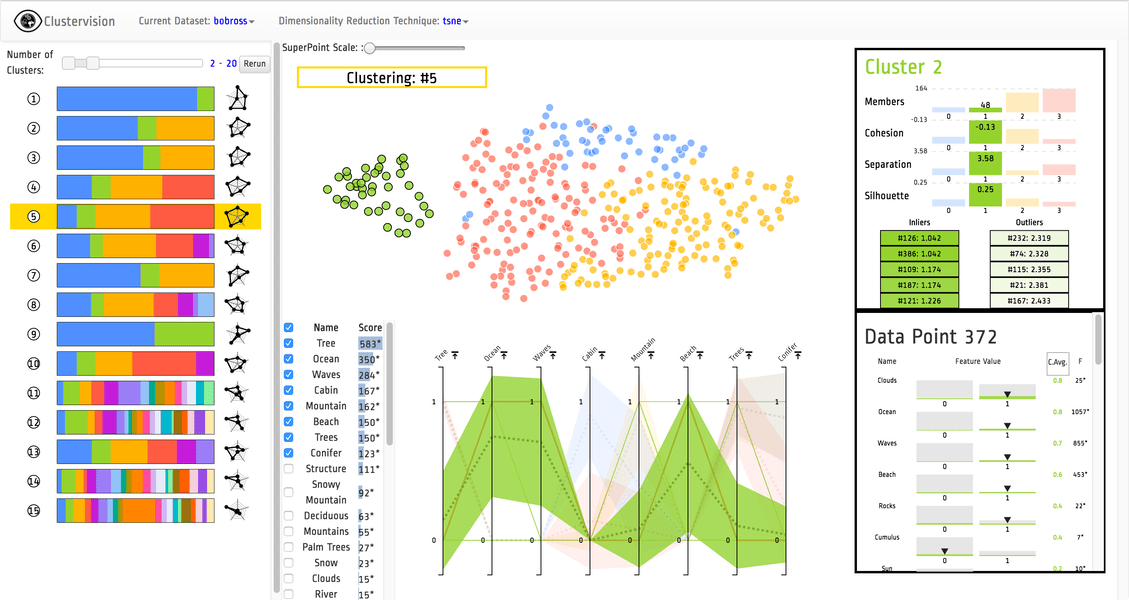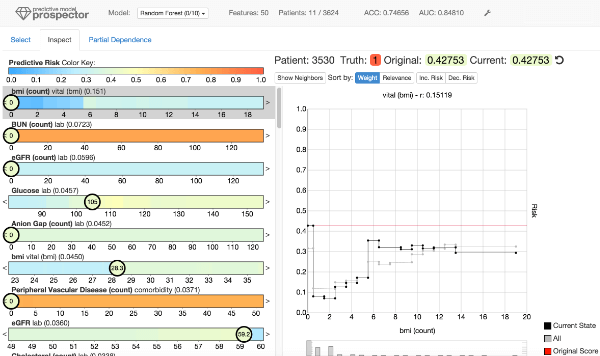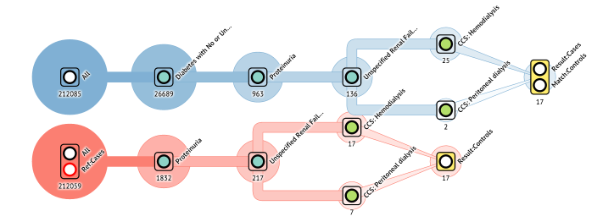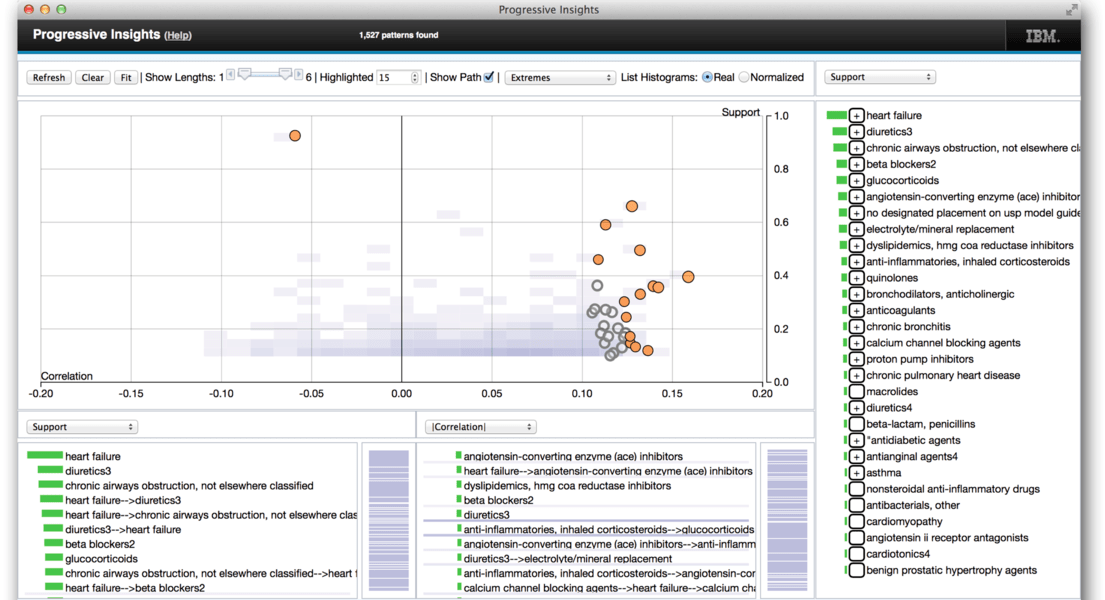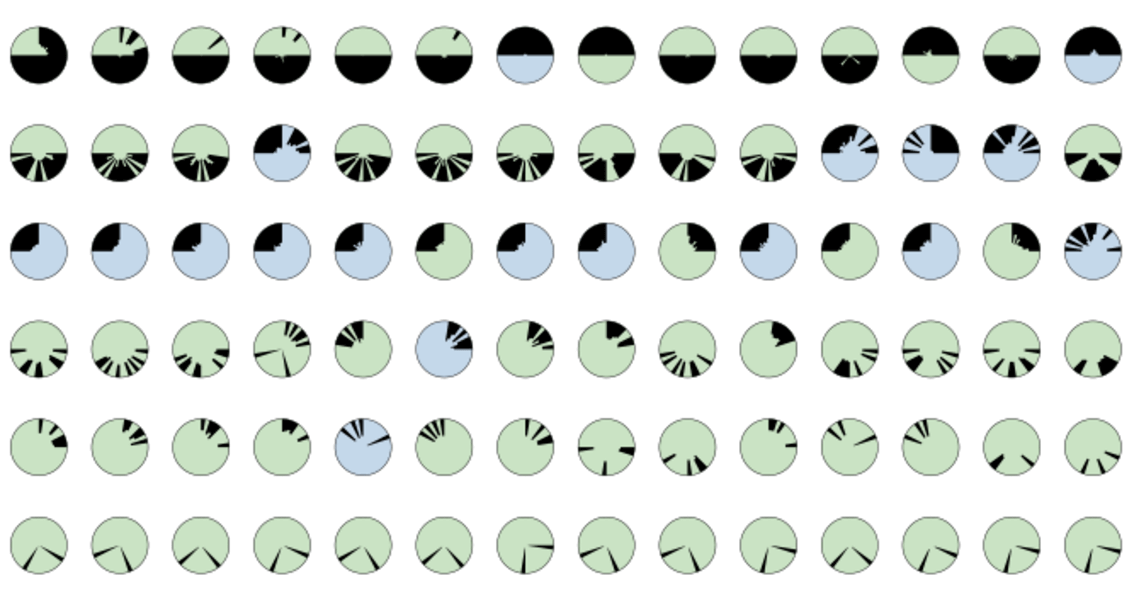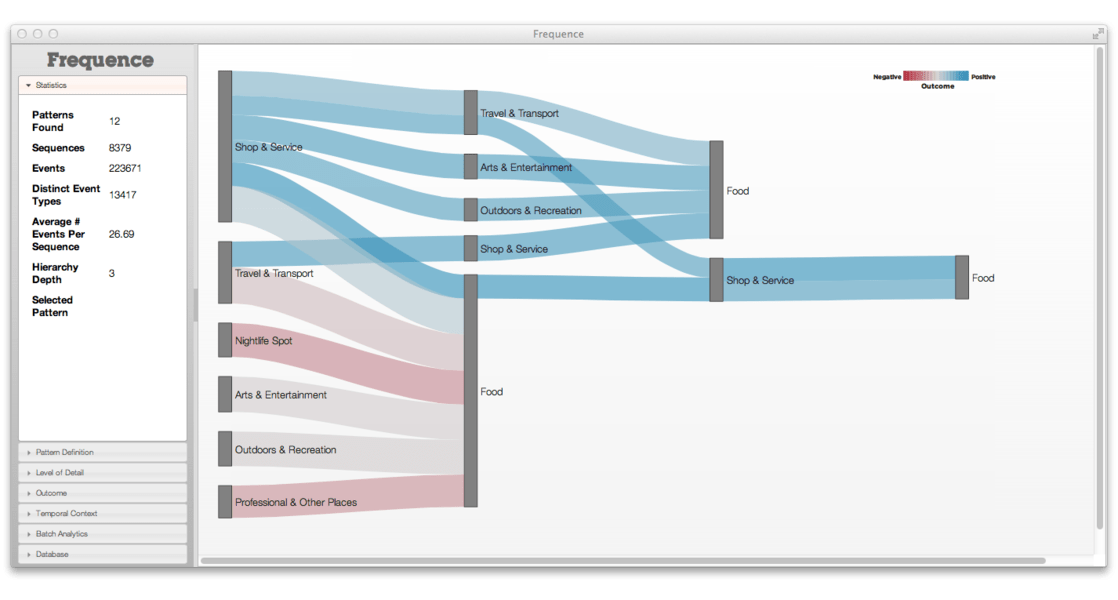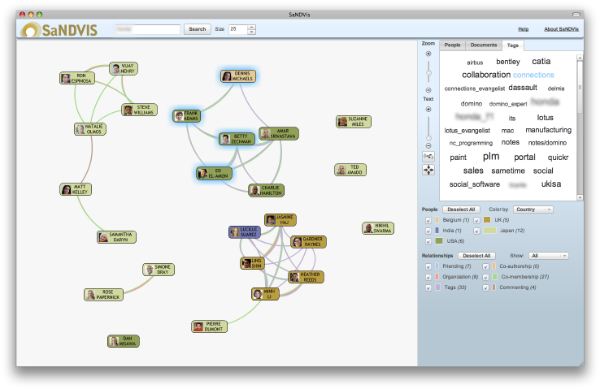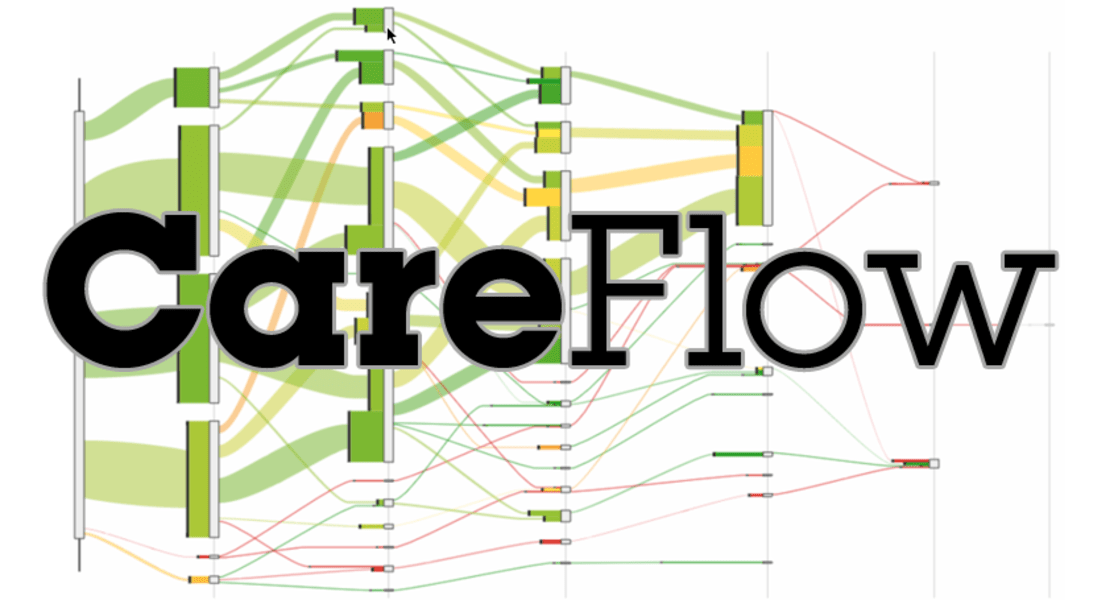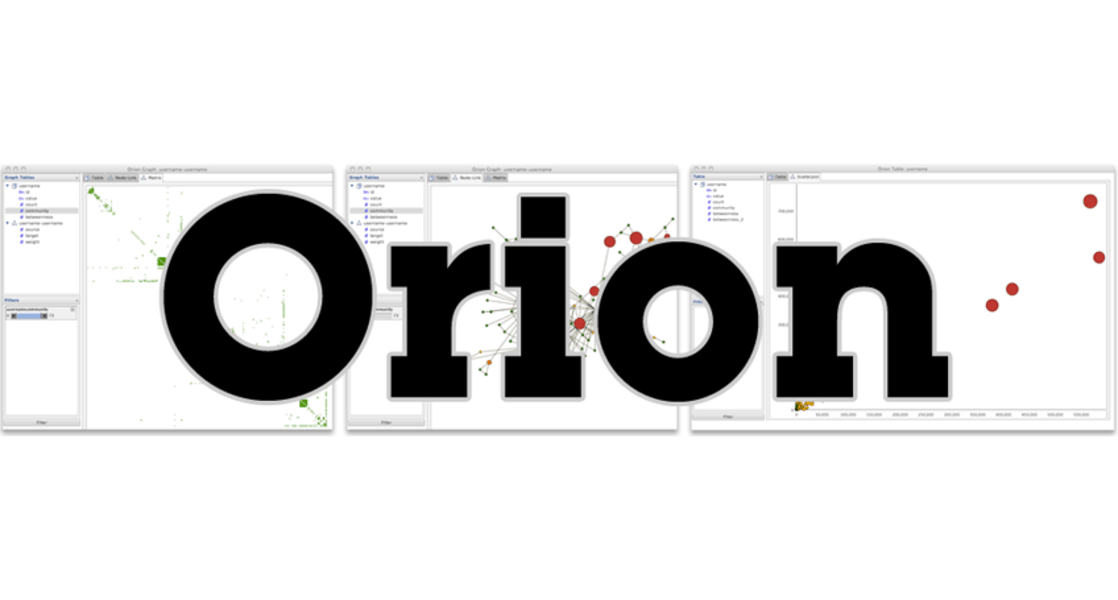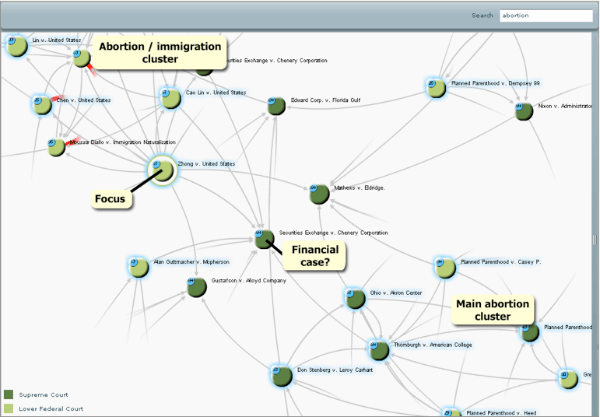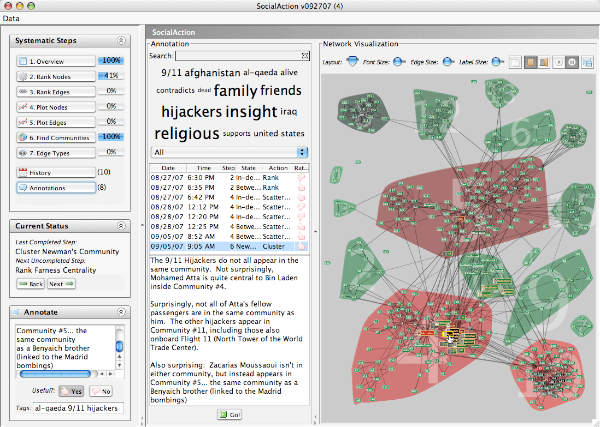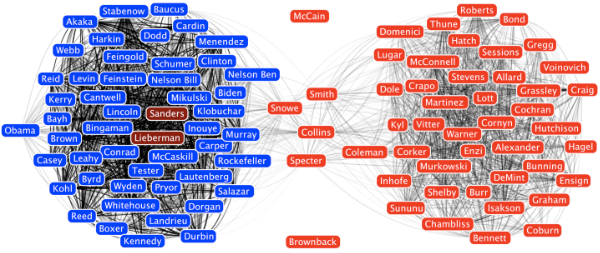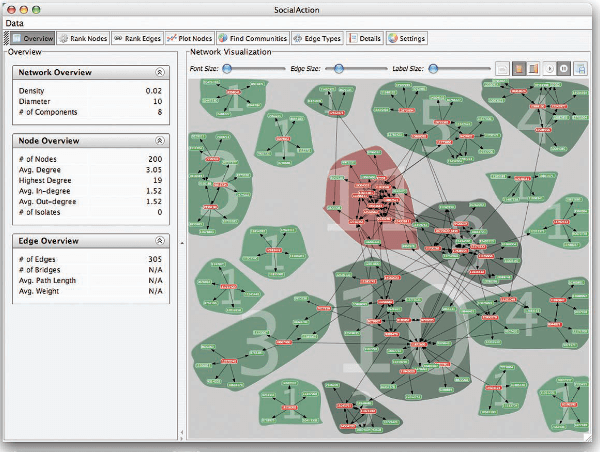
I characterize my research as Human-Centered Data Science where I combine techniques from statistics, machine learning, and interactive data visualization to empower data scientists throughout their analytical workflow.
My current research focuses around several themes:
1. Designing tools for Interactive and Visual Data Science2. Providing insights with Interpretable Machine Learning
3. Innovating data science techniques for Data-Driven Healthcare
I co-lead the Data Interaction Group, whose mission is to empower everyone to analyze and communicate data with interactive systems.
Adam Perer is an Assistant Professor at Carnegie Mellon University, where he is a member of the Human-Computer Interaction Institute and he is Co-Director of the Data Interaction Group. His research integrates data visualization and machine learning techniques to create visual interactive systems to help users make sense out of big data. Lately, his research focuses on human-centered data science and extracting insights from clinical data to support data-driven medicine. He has published over 50 peer-reviewed papers at premier venues in visualization, human-computer interaction, and medical informatics. He is currently an Area Papers Chair at IEEE VIS and a Visualization Subcommittee Papers Chair at ACM CHI. He was previously a Research Scientist at IBM Research. He holds a Ph.D. in Computer Science from the University of Maryland, College Park.
Selected Publications (View all publications)
Transparency in the Wild: Navigating Transparency in a Deployed AI System to Broaden Need-Finding Approaches
FAccT 2024
The Impact of Imperfect XAI on Human-AI Decision-Making
CSCW 2024
Zeno: An Interactive Framework for Behavioral Evaluation of Machine Learning
CHI 2023
Ignore, Trust, or Negotiate: Understanding Clinician Acceptance of AI-Based Treatment Recommendations in Health Care
CHI 2023
Evaluating the Impact of Human Explanation Strategies on Human-AI Visual Decision-Making
CSCW 2023
Eye into AI: Evaluating the Interpretability of Explainable AI Techniques through a Game With a Purpose
CSCW 2023
Improving Human-AI Collaboration with Descriptions of AI Behavior
CSCW 2023
Dead or Alive: Continuous Data Profiling for Interactive Data Science
VIS 2023
Leveraging Analysis History for Improved In Situ Visualization Recommendation
EuroVis 2022
Emblaze: Illuminating Machine Learning Representations through Interactive Comparison of Embedding Spaces
IUI 2022
Improving Human-AI Partnerships in Child Welfare: Understanding Worker Practices, Challenges, and Desires for Algorithmic Decision Support
CHI 2022
Discovering and Validating AI Errors With Crowdsourced Failure Reports
CSCW 2021
Designing Alternative Representations of Confusion Matrices to Support Non-Expert Public Understanding of Algorithm Performance
CSCW 2020
Getting Playful with Explainable AI: Games with a Purpose to Improve Human Understanding of AI
CHI 2020
SearchLens: Composing and Capturing Complex User Interests for Exploratory Search
IUI 2019
Ablate, Variate, and Contemplate: Visual Analytics for Discovering Neural Architectures
VAST 2019
Seq2Seq-VIS : A Visual Debugging Tool for Sequence-to-Sequence Models
VAST 2018
Coping with Volume and Variety in Temporal Event Sequences: Strategies for Sharpening Analytic Focus
IEEE Transactions on Visualization and Computer Graphics 2017
Clustervision: Visual Supervision of Unsupervised Clustering
VAST 2017
Interacting with Predictions: Visual Inspection of Black-box Machine Learning Models
CHI 2016
Supporting Iterative Cohort Construction with Visual Temporal Queries
VAST 2015
Progressive Visual Analytics: User-Driven Visual Exploration of In-Progress Analytics
VAST 2014
INFUSE: Interactive Feature Selection for Predictive Modeling of High Dimensional Data
VAST 2014
Frequence: Interactive Mining and Visualization of Temporal Frequent Event Sequences
IUI 2014
The Longitudinal Use of SaNDVis: Visual Social Network Analytics in the Enterprise
IEEE Transactions on Visualization and Computer Graphics 2013
Data-Driven Exploration of Care Plans for Patients
CHI 2013
Orion: A System for Modeling, Transformation and Visualization of Multi-dimensional Heterogeneous Networks
VAST 2011
Search, Show Context, Expand on Demand: Supporting Large Graph Exploration with Degree-of-Interest
IEEE InfoVis 2009
Systematic Yet Flexible Discovery: Guiding Domain Experts Through Exploratory Data Analysis
International Conference on Intelligent User Interfaces 2008
Integrating Statistics and Visualization: Case Studies of Gaining Clarity During Exploratory Data Analysis
ACM Conference on Human Factors in Computing Systems 2008
Balancing Systematic and Flexible Exploration of Social Networks
IEEE InfoVis 2006
Teaching
- Data Science for Product Managers Spring 2023
- HCI for Product Managers Spring 2023
- Interactive Data Science Spring 2022
- Data Visualization Fall 2021
- Interactive Data Science Spring 2021
- Interactive Data Science Fall 2020
- Data Science and Visualization Spring 2019
- Interpretable Machine Learning Spring 2019
Advising
-
PhD Students
- Ángel Alexander Cabrera
- Katelyn Morrison
- Venkat Sivaraman
- Will Epperson
- Zexuan (Zx) Li
- Maggie Cai
- Unn Seo (Grace) Park
Masters Students
Undergraduate Students
